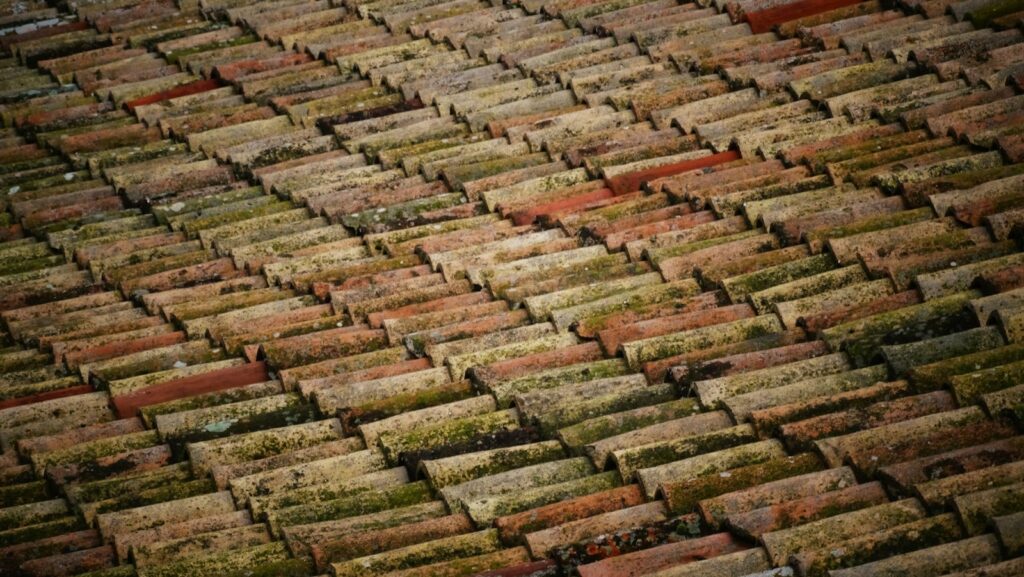When constructing long-lasting, robust buildings, structural steel installation is a crucial step that lays the foundation for success. Steel is known for its incredible strength, durability, and flexibility, making it the ideal material for everything from towering skyscrapers to modest commercial buildings. But what exactly goes into installing structural steel, and why is it such a pivotal part of the construction process?
In this guide, we’ll cover everything you need to know about structural steel installation, highlighting its benefits, the key steps involved, and tips for ensuring your project goes smoothly from start to finish.
Understanding Structural Steel in Construction
Structural steel is vital in modern construction because it supports large loads without taking up excessive space. It offers superior strength to other building materials like wood or concrete and is flexible enough to adapt to various designs. This makes steel a popular choice for architects and engineers who want to push the boundaries of innovation.
Moreover, steel’s resistance to harsh environmental conditions, such as strong winds, heavy snow loads, and earthquakes, gives it a reputation as a resilient material. This level of durability ensures that buildings constructed using structural steel can last for decades or centuries with proper maintenance.
Why Choose Structural Steel?
One key reason builders opt for structural steel is its sustainability. Steel can be recycled indefinitely without losing quality, making it an environmentally friendly choice for construction projects. Additionally, steel’s high strength-to-weight ratio allows for more efficient use of materials, reducing waste and minimising the environmental impact of building projects.
Steel offers impressive longevity, and its versatility in design also means it can accommodate complex architectural features. Whether building a sleek, modern skyscraper or a large industrial facility, structural steel provides the necessary framework to bring these projects to life.
The Key Steps in Structural Steel Installation
While the benefits of structural steel are clear, understanding how to install it properly is just as important. A poorly executed structural steel installation can compromise the integrity of the entire building, leading to costly repairs or even structural failure. Let’s walk through the essential steps of a typical installation process to ensure your building project is safe, durable, and up to code.
Design and Planning
Care planning and design are The first steps in any structural steel installation project. This involves working closely with architects, engineers, and builders to create detailed blueprints and specifications that outline where each steel component will go.
During this phase, calculations determine the steel structure’s load-bearing capacities and ensure the design meets all relevant safety codes and regulations. A comprehensive design plan ensures that the construction team can move forward with a clear understanding of how the steel framework will support the building’s weight and intended use.
Fabrication
Once the design is finalised, fabricating the steel components is the next step. Steel beams, columns, and other elements are cut, shaped, and prepared at a fabrication facility according to the project’s specifications. This process requires attention to detail to ensure that every piece of steel is manufactured to the dimensions outlined in the design plan.
Quality control during the fabrication stage is critical, as even minor defects in the steel components can cause problems during installation. Each piece must be inspected for accuracy and strength to meet the necessary standards before being shipped to the construction site.
On-Site Assembly
After the steel has been fabricated, it’s time for on-site assembly. This is where the actual structural steel installation occurs, and it’s one of the most labour-intensive parts of the process. Cranes are typically used to lift large steel beams into place, while skilled workers secure them with bolts and welds.
Precision is critical during this phase, as any misalignment could jeopardise the integrity of the entire structure. Workers must ensure that each piece is perfectly positioned according to the design plan and that all connections are secure. Safety is also a top priority, as working with heavy steel components at great heights can only be safe with proper precautions.
Inspection and Quality Control
Once the structural steel installation is complete, the structure undergoes a thorough inspection to ensure everything has been installed correctly and safely. Engineers and inspectors will check the steel components to verify they meet all relevant building codes and standards. Any issues or discrepancies must be addressed before the construction project can move forward.
This inspection phase is essential for confirming the building’s long-term durability and safety. It also ensures that the steel framework is aligned correctly and can support the building’s future weight and use.
Finalising the Framework
After the steel framework has been inspected and approved, the rest of the building process can proceed. This typically includes adding floors, walls, and roofing to the steel skeleton. Throughout the project, the structural steel framework will continue to provide support and stability for the entire building.
Ensuring a Smooth Structural Steel Installation
Structural steel installation requires extensive expertise and coordination among all parties involved. Everyone, from designers and engineers to fabricators and construction workers, must work together to ensure the installation is executed correctly.
It’s also crucial to hire a team with experience in steel installation. Working with skilled professionals ensures that your project will meet all safety regulations and that the steel structure will remain durable for years.
Common Challenges
While structural steel offers many advantages, installation is challenging. Weather conditions, for example, can slow down the process, particularly in cases where high winds or heavy rain make lifting and positioning large steel beams unsafe. Additionally, unexpected issues, such as material defects or discrepancies in the design, can arise, which is why thorough planning and quality control are essential at every stage.
Conclusion
Structural steel installation is critical to building long-lasting, durable structures. By carefully planning, fabricating, and installing steel components, construction teams can create buildings that stand the test of time. From skyscrapers to industrial complexes, structural steel offers the strength, flexibility, and sustainability that modern construction demands. By following best practices and ensuring quality control throughout the process, your project can succeed with a steel framework supporting a safe and resilient building.






